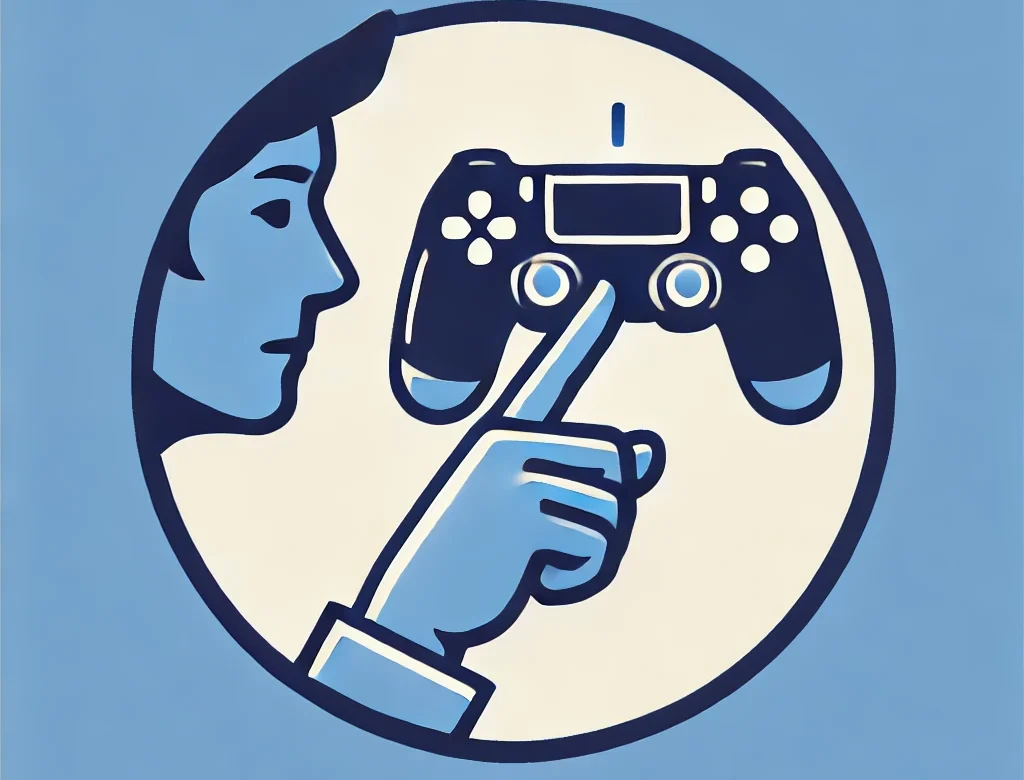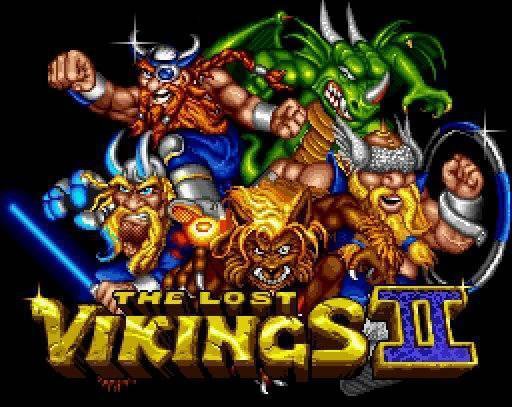The Lost Vikings, originally released in 1993, was one of those games that took the puzzle-platformer genre to new heights of creativity. It was just as fun as it was challenging. In the early ’90s, you could find it on almost every 16-bit console or computer out there.
Compared to the first game, its sequel is relatively lesser known. Released in 1997, it came out at a time when 16-bit consoles were slowly fading, and the newer Commodore and Amiga models were already considered total flops.
Beyond the bad timing, the fact that some players (especially in the West) and distributors had an aversion to “outdated” 2D games also contributed to its relative failure.
But enough with the history lesson, what about the game itself?
Let’s start with the less important part: the story (if you can even call it that).
The Lost Vikings 2 continues the tale of the three Vikings: Baleog, Erik, and Olaf ,who return from a fishing trip one day only to be kidnapped (again) by the evil Tomator.
He whisks them away to his spaceship, but they take advantage of a power outage, take down the robots guarding them, and steal some metal parts that upgrade their abilities from the first game.
Unfortunately, Olaf presses a button he thinks says “Donuts,” when it actually reads “Do Not Touch!” This little mishap sends the Vikings crash-landing into a graveyard.
From there, they set out to find their way back home. Bad luck for them (but good luck for us, or there wouldn’t be a game), they’ll only make it after navigating 31 new levels spread across five distinct worlds.
The core mechanics haven’t changed: you still need to guide all three Vikings to the exit. This time, though, two players can team up, with each controlling one character and able to switch to whichever Viking the other isn’t using.
Who Said Old Vikings Can’t Learn New Tricks?
Thanks to the metal parts they nabbed from the robots, the Vikings have a bunch of new abilities.
Erik can now jump super high (almost hover) with turbo boots, swim with a special helmet, and, of course, bash through walls with it (just like in the first game).
Baleog snagged a bionic arm that lets him take out enemies, grab hooks to swing across gaps, and pick up objects hanging in the air. He’s also upgraded his bow and arrow into a lightsaber-like weapon.
Olaf got a titanium shield that lets him shrink down to squeeze through tight spaces.
Plus, he can fart (No, I didn’t make it up) to glide sideways a bit and still glide downward like in the original game. If he farts while landing (yeah, it gets weird), he can even break walls beneath him.
In some levels, one of the Vikings gets swapped out for two new characters.
First, there’s Fang, a werewolf who can shred enemies with his powerful claws and climb walls.
Then there’s Scorch, a dragon who can breathe fire and hover in the air for a while.
Just like the first game, the later levels get increasingly tricky despite the new abilities, both in terms of puzzles and action (aka platforming). You’ll need a mix of quick thinking and sharp reflexes here.
The Good, the Bad and the Ugly
The original version came out for the Super Nintendo in 1997 (it never made it to the Mega Drive). As you’d expect, the graphics and sound didn’t change much. The main difference is in the backgrounds and color palette, which are a bit darker and more metallic.
The tunes are pleasant enough, but in my opinion, they’re not as catchy or upbeat as the first game’s soundtrack.
A second version was released for the PlayStation, Saturn, and PC. This one feature pre-rendered 3D graphics (think Donkey Kong Country style), voice acting, near CD quality music, and cutscenes.
While the music and graphics haven’t exactly aged gracefully (and it’s debatable whether they were great to begin with), the voice acting is actually quite good and, in my opinion, the main reason to give this version a shot.
And maybe it’s not surprising when you consider that Blizzard didn’t spare any expense and hired the services of professional voice actors from well-known and beloved TV series:
Rob Paulsen (Erik), known for voicing Yakko Warner from Animaniacs and Raphael from Teenage Mutant Ninja Turtles, Jeff Bennett (Baleog and Fang), famous for voicing Jonny Bravo and Dexter from Dexter’s Laboratory, Jim Cummings (Olaf, Tomator), who voices Winnie the Pooh and Darkwing Duck, and Frank Welker (Scorch), known for voicing Fred Jones from Scooby-Doo and Megatron from Transformers, all bring their unique touch to the characters.
Note that while you can run this version it with DOSBox (the Windows version doesn’t play nice with modern PCs in fullscreen), You better try the console versions on a real hardware or nice CRT Filter.
To sum it up, The Lost Vikings 2 might not be a groundbreaking game, but it manages to keep the original’s quality while adding some fresh elements. It’s not just a pile of extra levels (what we’d call DLC today).
If you’ve never played it and you’re missing those Vikings, I highly recommend giving it a shot.
How can you play it?
Back in the day, you could download the Super Nintendo version from Blizzard’s website. Now, it’s part of the Blizzard Arcade Collection, available on all consoles and PC (via the Blizzard Client). As I’m writing this , it’s also on GamePass.
This version lets you save and load at any point, rewind gameplay, or even watch full level solutions and jump in from anywhere.
The collection also includes the SNES versions of the original Lost Vikings, Rock & Roll Racing, RPM Racing (a lesser known predecessor), and Blackthorne.
The second version (let’s call it the “32-bit” one) is titled Norse by Norsewest: The Return of the Lost Vikings in NTSC regions and Lost Vikings 2 – Norse By Norsewest in PAL regions.
On the second hand market prices vary wildly. sometimes the difference between a used copy and a “like new” one can be hundreds of dollars.


